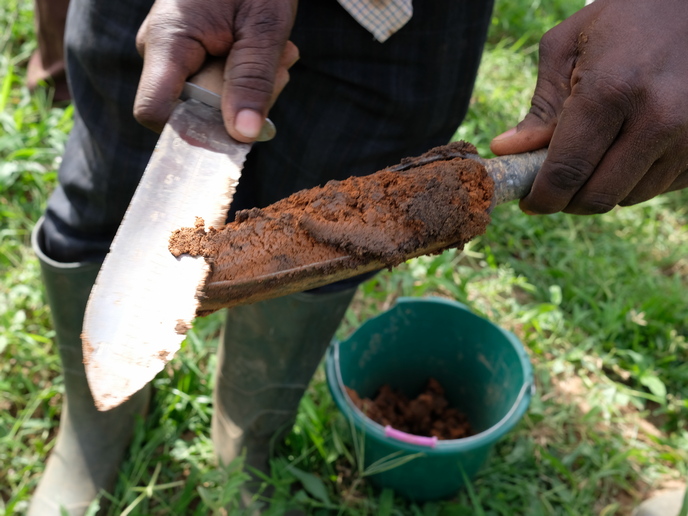Biocontrol: a natural approach to food security
Although keeping our food safe and secure is a multi-front battle, one of the main threats comes from native and invasive pests. In particular, invertebrate pests are responsible for destroying an estimated 20 % of the world’s annual crop and stored products. Historically, society used pesticides to protect our food supplies. However, due to the negative impact pesticides have on the food itself and the surrounding environment, regulations have strictly limited their use. One solution is biological control, which controls pest populations using their natural enemies. To avoid having to import non-native natural enemies that put local biodiversity at risk and often go against international protocols for protecting biological resources, researchers with the EU-funded BINGO (Breeding Invertebrates for Next Generation BioControl) project are optimising the biological control of pests using existing and native enemies. “A powerful way to optimise biological control is to use genetic knowledge, both on the natural enemy and on the pest itself,” says BINGO project coordinator Bart Pannebakker. An untapped resource According to Pannebakker, genetic variation for traits involved in biological control is a largely untapped resource for improving the efficacy of existing and native biological control agents. “Our goal was to use the natural genetic variation present in native natural enemy populations to improve their performance as biocontrol agents,” he explains. Key traits for biological control are those that determine the main events in the natural enemy’s life. These so-called life-history traits determine the reproductive potential (fecundity, sex ratio, searching behaviour) and the environmental sensitivity (starvation resistance, temperature tolerance, diapause) of a natural enemy. “By better understanding the genetics underlying these traits, we were able to design efficient rearing, sampling and release strategies for natural enemies,” says Pannebakker. “Likewise, knowledge on the genetic variation of those traits in pest species helps us determine the most efficient way to target them.” A viable solution for food security The BINGO project enabled the further use of genetic methodology in biological control. For example, they developed genome sequences for four biocontrol agents, which will help improve the use of biocontrol agents. “Using these genomic resources, we compared the genetic diversity of biocontrol agents in commercial cultures with samples from the field,” adds Pannebakker. “What we found is that while the commercial cultures work well in practice, the genetic diversity is limited, which could be an issue when these agents face new or adverse conditions.” Researchers also developed molecular markers to determine the population structure of biocontrol agents in the field. These markers serve as another method for monitoring the impact released biocontrol agents have on local natural enemies. Thanks to results like these, BINGO has put the spotlight on the application of genetic techniques and knowledge for the improvement of biocontrol. “Although there is more work to be done, BINGO successfully raised awareness about the applicability of genetic techniques for biocontrol,” concluded Pannebakker. “As a result, biocontrol has taken a big step towards becoming a viable solution for food security.”







